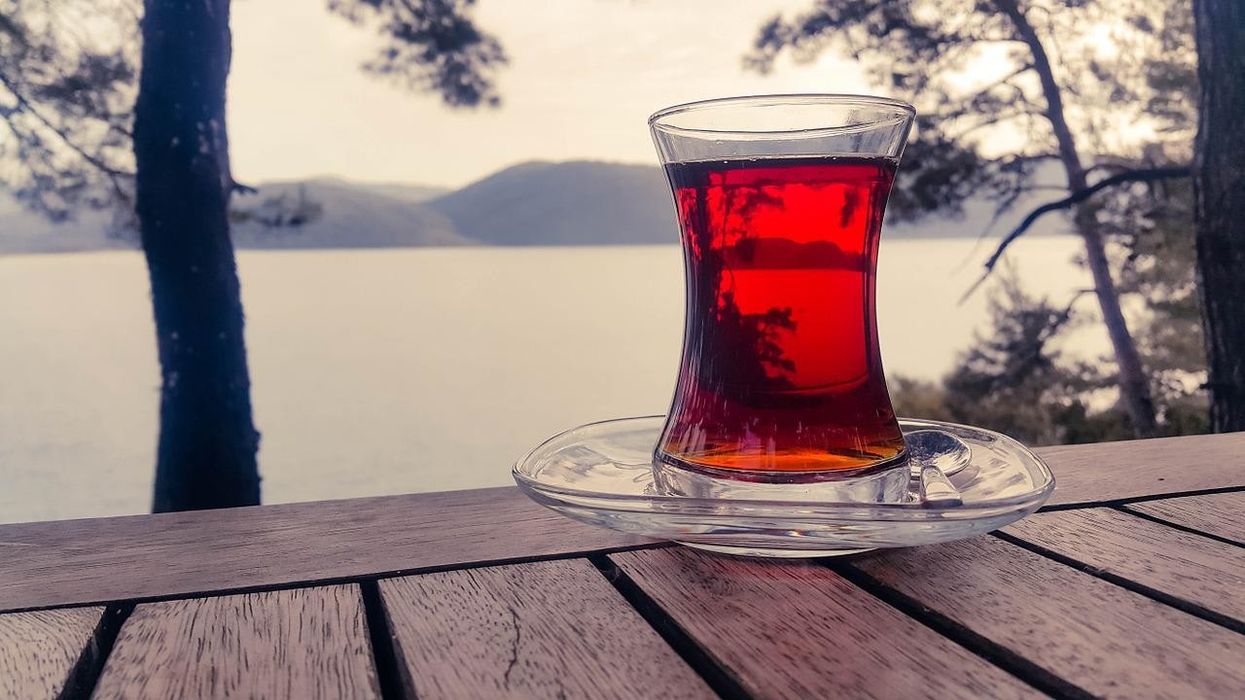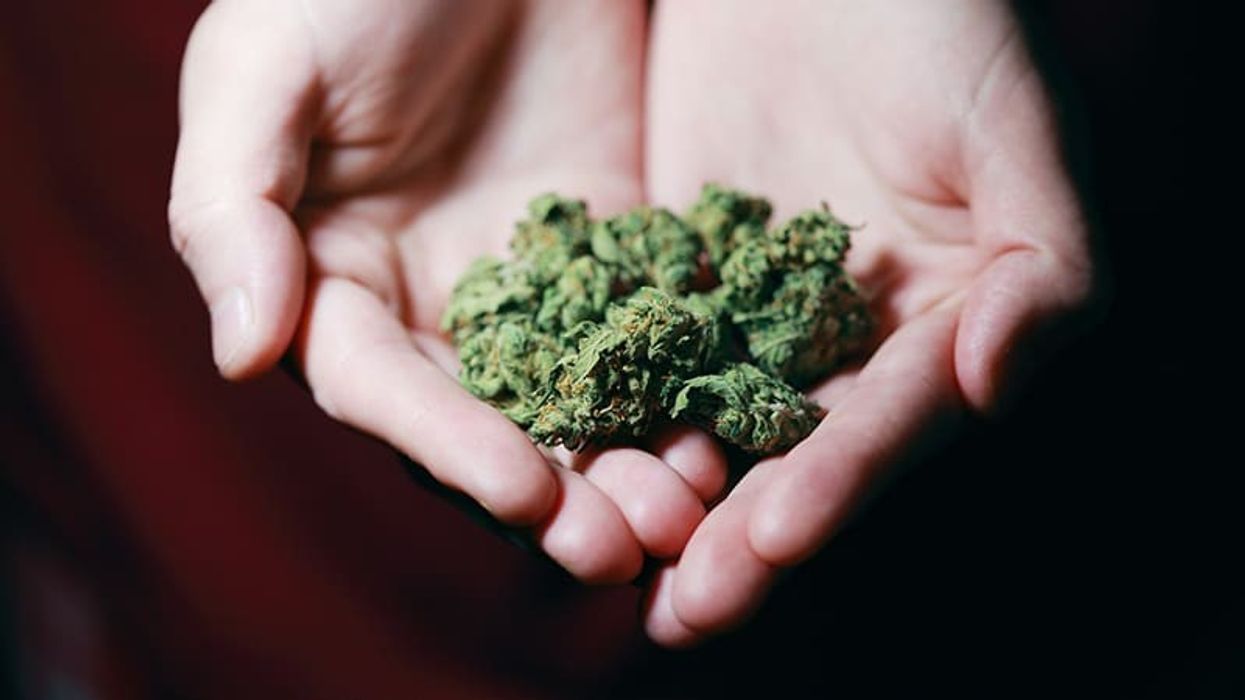That marijuana has a pleasurable effect both on the making and enjoying of music is hardly a controversial point. Scientists have their theories on why stoned listening is so common, centered around cannabis’ ability to increase deep focus and alter perception. But the fact that practically every concert held for the last 40 years has smelled vaguely of pot provides enough proof that the connection is real.
No one style of music has a unique claim to cannabis, though. A wide swath of genres carry a deep cultural connection that’s had a profound impact on the cultures that have developed among artists and fans.
Here, The Bluntness will take a quick tour through several distinct types of music, and the significance cannabis has held within each of them.
Jazz and Marijuana
Cannabis cigarettes were commonly sold at American jazz clubs in the 1920s, initially coming in from the ports in the legendary jazz city of New Orleans and spreading to the metropolitan centers across the U.S. The wider use of the term “jazz cigarettes” to describe a joint has outlived that moment, as has the general association between weed and jazz music.
The time-stretching psychotropic effects of strong weed has a vital impact not just on the way jazz was heard, but also how it’s played. Slowed moments between notes better allowed stoned musicians to provide wild, improvisational flourishes to the music as written. Thus, weed was crucial to the very idea of “jazzing” something up.
There is probably no greater jazz musician than Miles Davis whose fondness for weed was well known. Check out this cut from Davis's 1969 classic album 'Bitches Brew', voted by Rolling Stone as one of the top 40 greatest stoner albums of all time.
Rock & Roll and Marijuana
The embrace of psychedelics by 60's rock and roll artists played a huge role in normalizing cannabis use for the general public. While film and TV depictions of pot were either rare or reactionary, the ever-expanding sounds of increasingly far-out popular artists piqued marijuana curiosity in the masses - and 1966 might be the moment the dope dam broke.
Within the span of a few months, listeners not only heard Bob Dylan overtly mention weed, but also dove into all-enveloping records, like The Beach Boys’ Pet Sounds and The Beatles Revolver, made by and for pot smokers. (Fun fact: Even a seemingly innocent tune like “Got to Get You Into My Life” has since been explained by Paul McCartney as a love song to weed.)
As the Baby Boom rockers aged their continued embrace of cannabis got more casual, a predictor of our current post-stigma moment. The word “joint” was infamously garbled on MTV in the chorus of the late, great Tom Petty’s “You Don’t Know How it Feels”, but the meaning got through all the same. In retrospect, that feels like a perfect capsulation of the “Just Say No!” ethic of the 1980s slipping away.
Reggae and Marijuana
Perhaps no genre is as intrinsically tied to cannabis as reggae. Born in the Jamaica of the late 1960s, the music style was deeply linked to the island’s Rastafarian religion, in which cannabis is considered a sacred sacrament. The music became a treasured cultural export of Jamaica in the 1970s, and cannabis and reggae became intrinsically linked in the outside world.
Bob Marley’s beatific face, a cloud billowing from his mouth, has adorned countless dorm room walls for decades, as an incredibly recognizable icon for pot positivity. Marley’s band member Peter Tosh first mainstreamed the idea of cannabis legalization in no uncertain terms on his 1976 single, “Legalize It”, which cracked the bottom rungs of the Billboard 200 chart on release, and has become an lasting cult classic over the 40-year march to actual legalization.
Some of reggae’s defining stars have endured arrest and persecution for their visible use and advocacy. But as Jamaica moves, finally, towards decriminalization, their legacy will likely become a defining aspect of the country’s future as a powerhouse for legal cannabis tourism.
Heavy Metal and Marijuana
Weed’s roots in metal go all the way back. Ozzy Osbourne’s legendary group, Black Sabbath, are often credited as the first heavy metal band. And where weed use was the subtext for wide swaths of classic rock, the first song to start with a taped loop of coughing from a joint rip gone bad, was Sabbath’s. That song, 1971’s “Sweet Leaf”, is a pure ode to the glory of ganja, with no winks, nods, or metaphors. It situates a high-brow case for cannabis use amid its thundering riffs. “You introduced me to my mind.”
Since the 70s, the genre’s evolved into countless specific sub-genres, which includes metal made for bong rips. The terms “doom metal” and “stoner rock” are interchangeably used to describe all manner of slow, heavy guitar music that’s great to zone out to while high. The genre’s acknowledged masterpiece, the aptly titled Dopesmoker, was recorded by San Jose trio Sleep in 1996, but wouldn’t be released until 2003, after years of record label wrangling. It’s not exactly a surprise that a sustained album-length track with a lyrical reverence for weed-smoking that matches the religious heights of the Rastas, might be a commercial question mark at the time of its recording. The band have had a robust commercial revival in the current climate.
Hip Hop and Marijuana
Popular music has moved steadily from rock and roll to hip hop since the 1990s, and the bulk of cannabis representation in popular culture has moved there too. Given that the genre rose to dominance in the era of the music video, it’s no surprise that rappers would become the dominant face of weed. (Half of all rap videos produced feature smoking or vaping, according to a 2018 study.)
Dr. Dre’s The Chronic, named for potent weed and picturing a cannabis leaf on the face of its CD, has sold 5.7 million copies since its 1993 release. That album also featured the debut performance of Snoop Dogg, who’s gone on to become, arguably, the biggest musical icon for mary jane since Marley. While it’s a bit reductive to credit hip-hop as the driving force in changing public opinion towards legalization, the centrality of weed within the most popular form of modern American music can’t be ignored, either.
In recent years, rap stars have also been among the most eager entrepreneurs in the U.S. cannabis industry, much more willing to go all in on business ventures than other types of celebrities in a climate of uncertain national legality.
Country Music and Marijuana
Surprisingly though, the genre whose artists sing most often about smoking dope is none other than….country and western? At least that’s according to Addictions.com, who calculated that 1.6 percent of all recorded country songs contained a weed reference, as compared to hip-hop’s 1.3 percent.
This seems slightly counterintuitive. In the midst of 60s counterculture, country music was seen a radical force reasserting traditional values. Square smash hit “Okie from Musgokee”, which infamously starts on the line “We don’t smoke marijuana in Muskogee”, got Merle Haggard invited all the way to Nixon’s White House. Never mind that his original intent was satirical, and he became a full-fledged cannabis advocate. In 2017, went so far as to suggest a handful of cannabis country classics to Salon.com, and Merle was even developing a proprietary weed strain in the years before his death, that hit the market posthumously.
Weed mentions in country have been low-key prevalent for decades, and other stars have been less publicly conflicted. Willie Nelson’s been building a weed brand since Snoop was a pup. Newer artists like critical darling Kacey Musgraves have made weed a central part of their acts.
No matter what music you’re enjoying, it sure seems like everybody must get stoned.
Are you still missing out on The Bluntness newsletter? Sign Up today to stay in the loop.
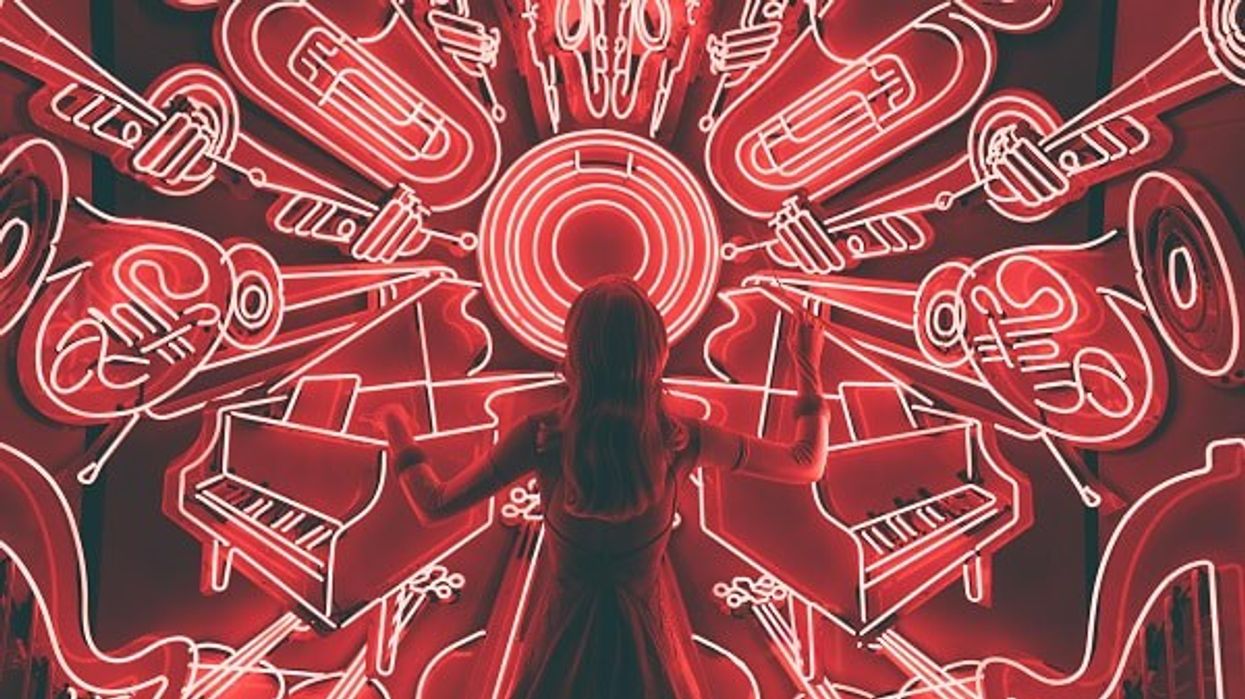

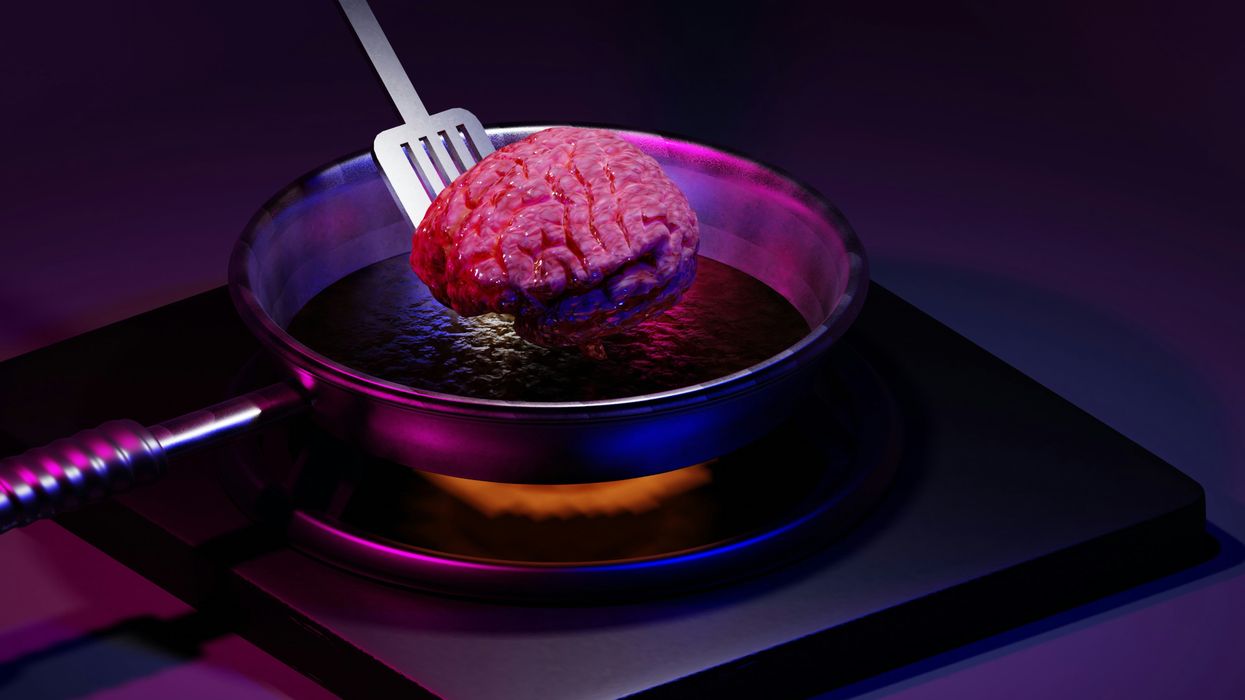
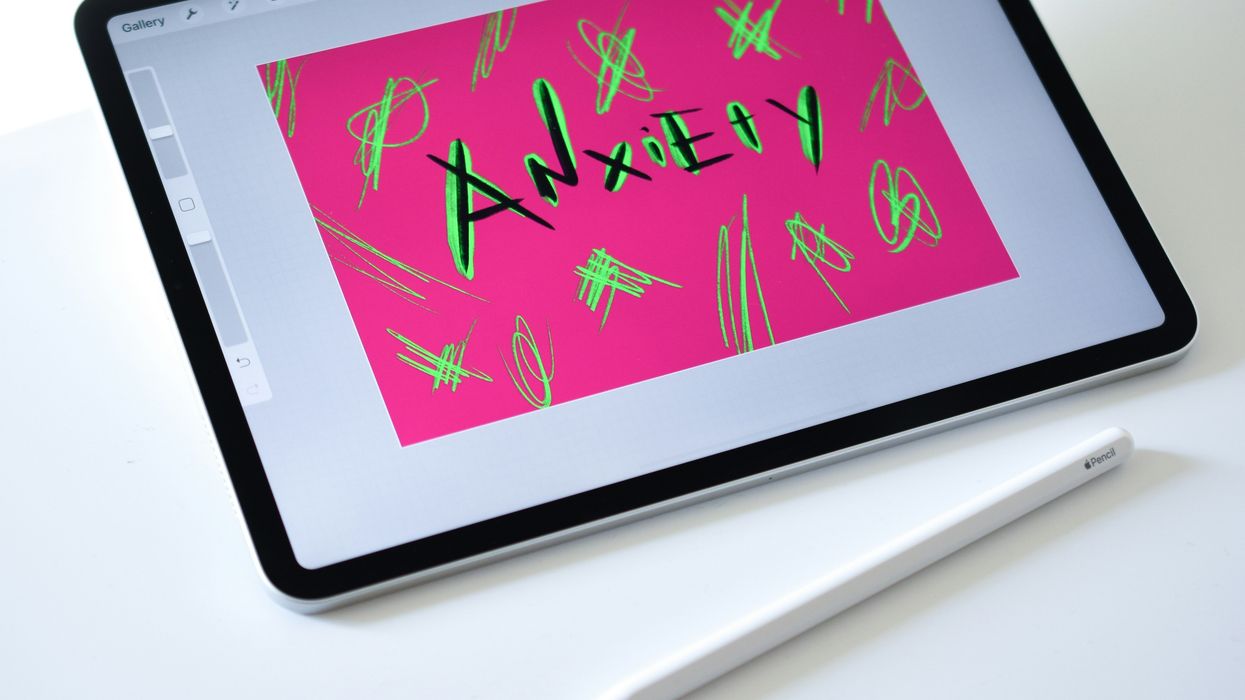


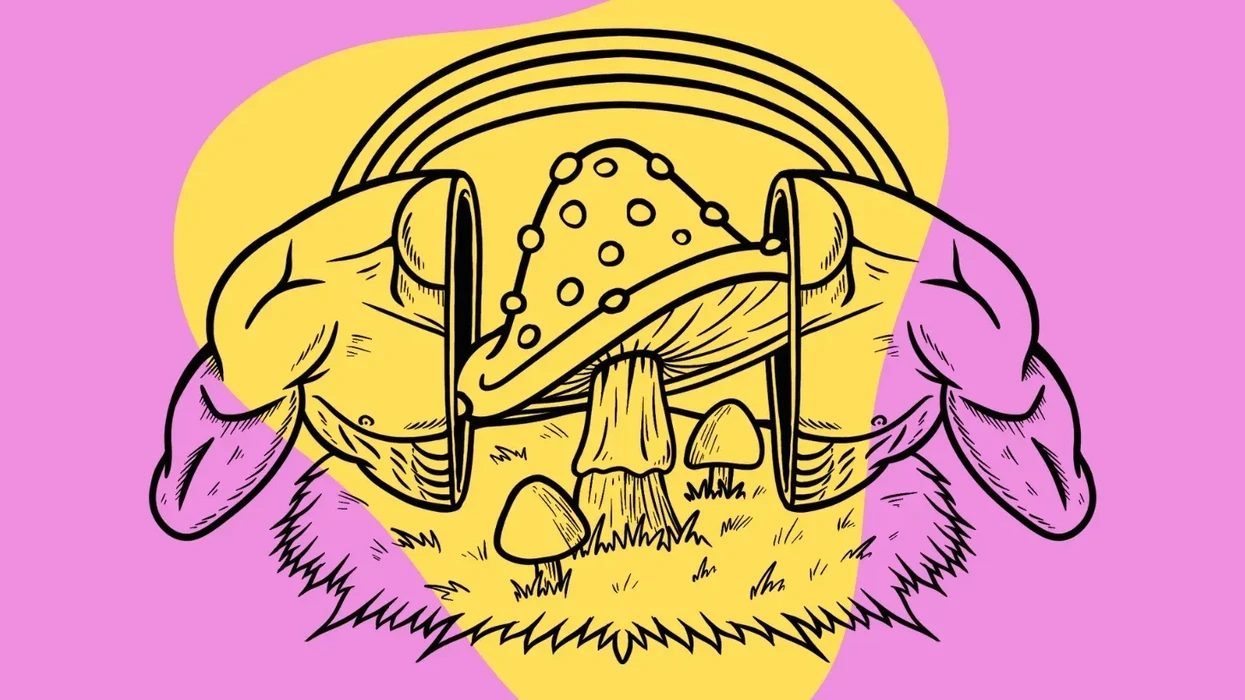
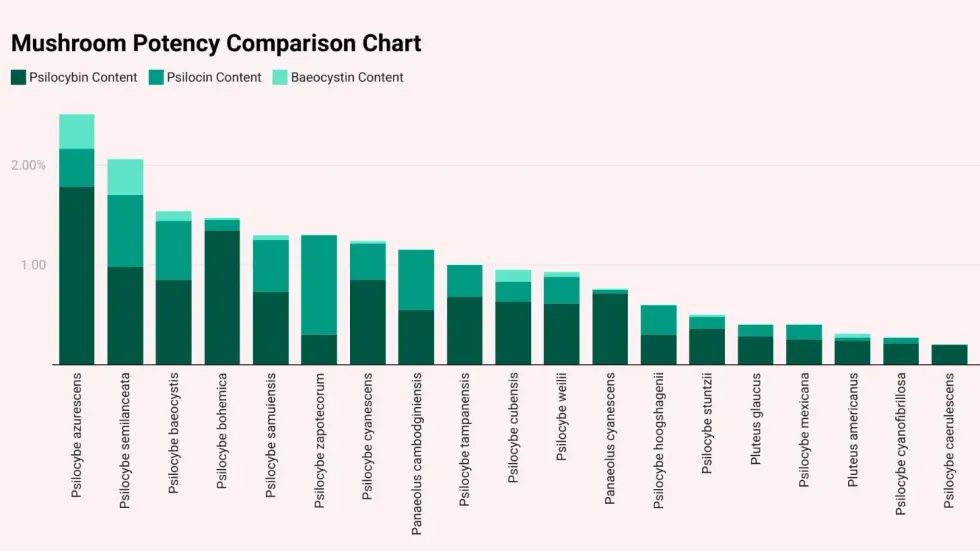 List of the strongest mushroom speciesTripsitter
List of the strongest mushroom speciesTripsitter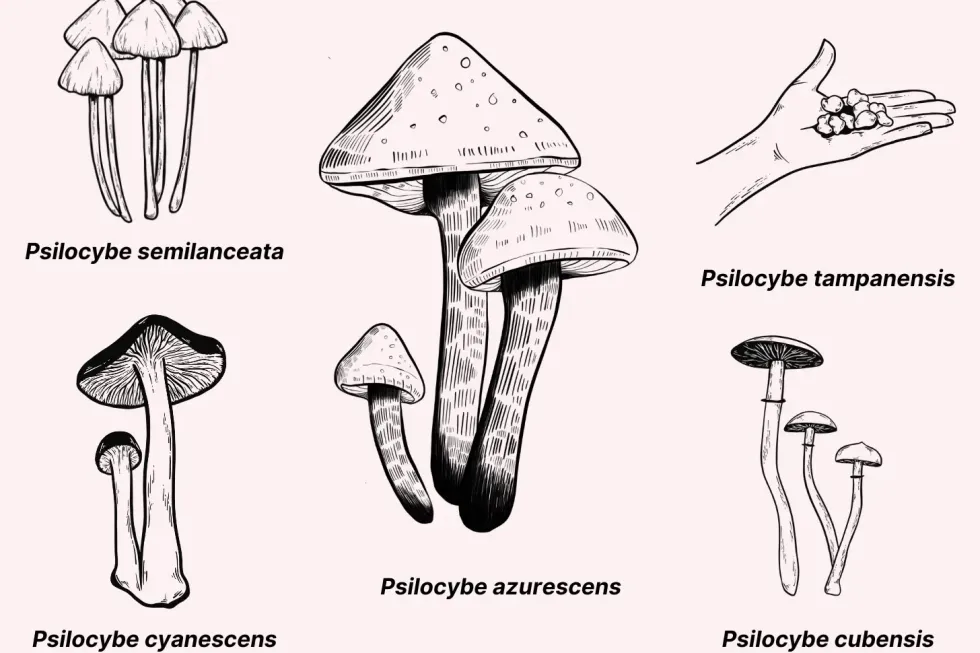 PsilocybeTripsitter
PsilocybeTripsitter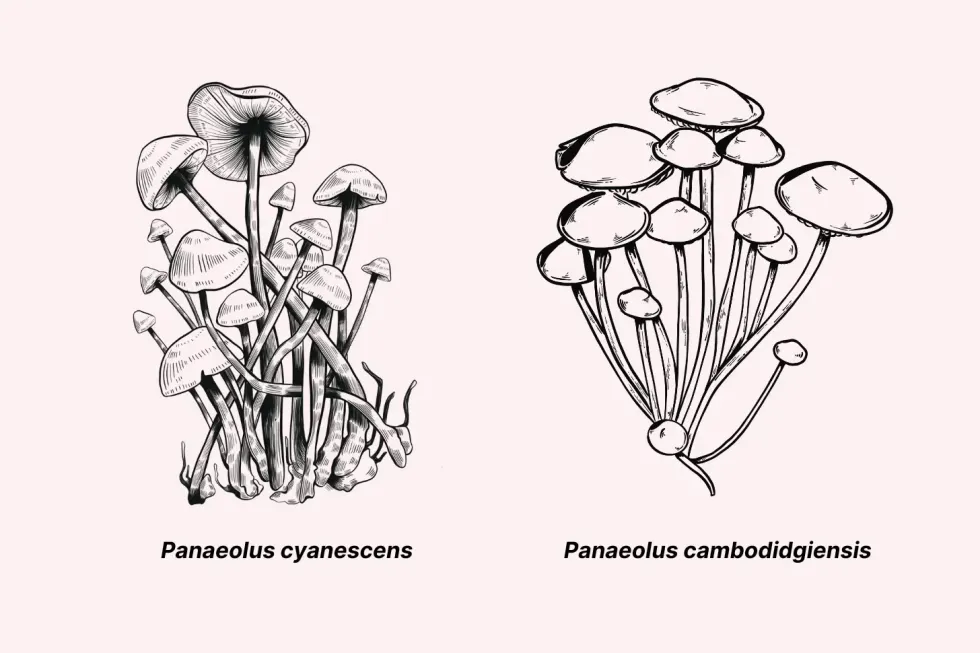 Panaeolus: This species contains (at least) 13 psychoactive members. They’re generally considered weaker than Psilocybe mushrooms and produce significantly lower yields when cultivated.Tripsitter
Panaeolus: This species contains (at least) 13 psychoactive members. They’re generally considered weaker than Psilocybe mushrooms and produce significantly lower yields when cultivated.Tripsitter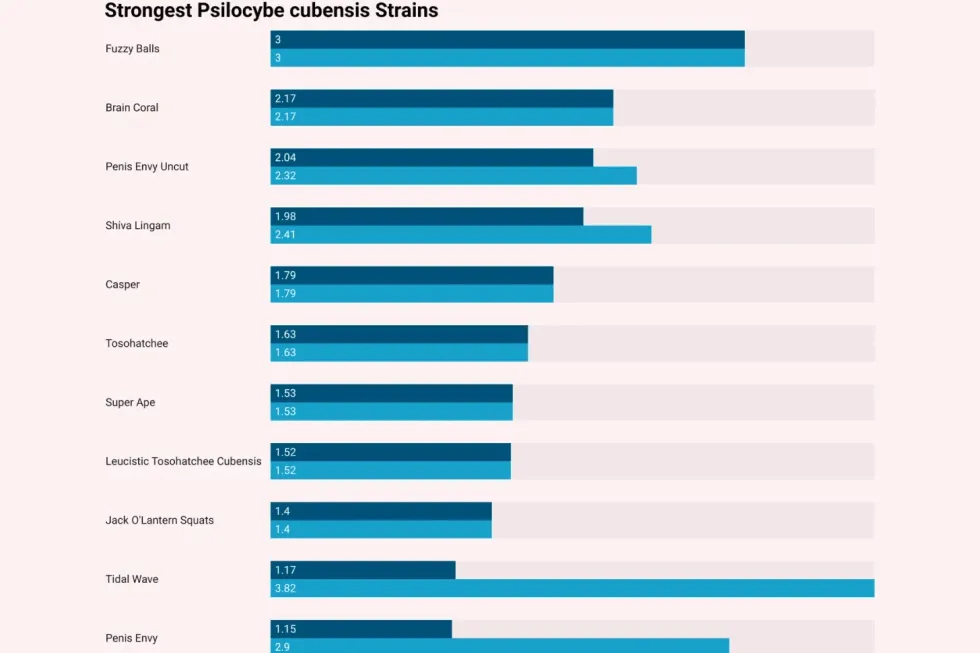 List of the strongest magic mushroom strainsTripsitter
List of the strongest magic mushroom strainsTripsitter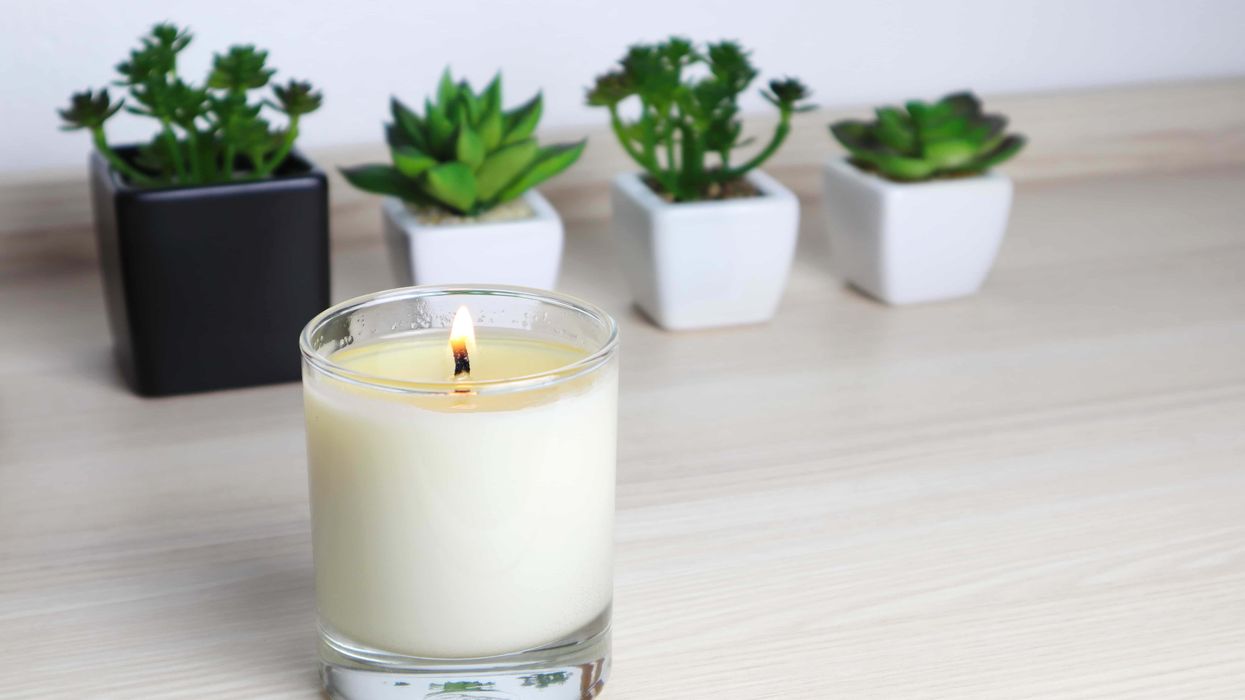
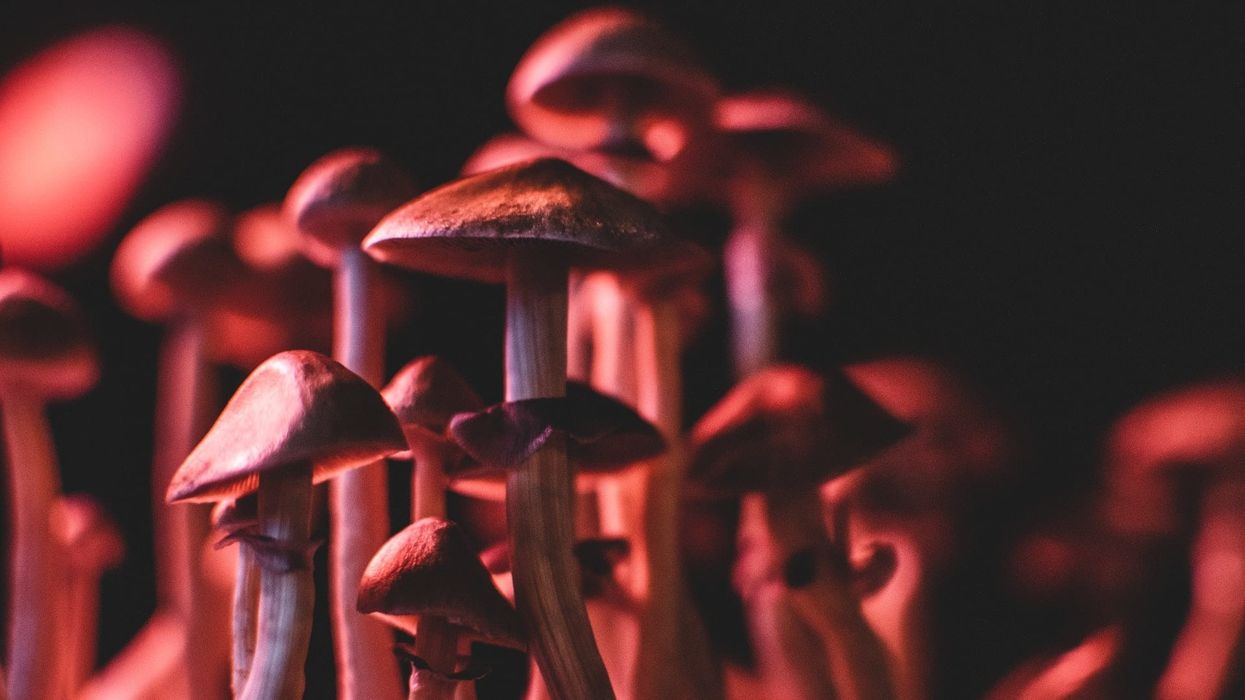

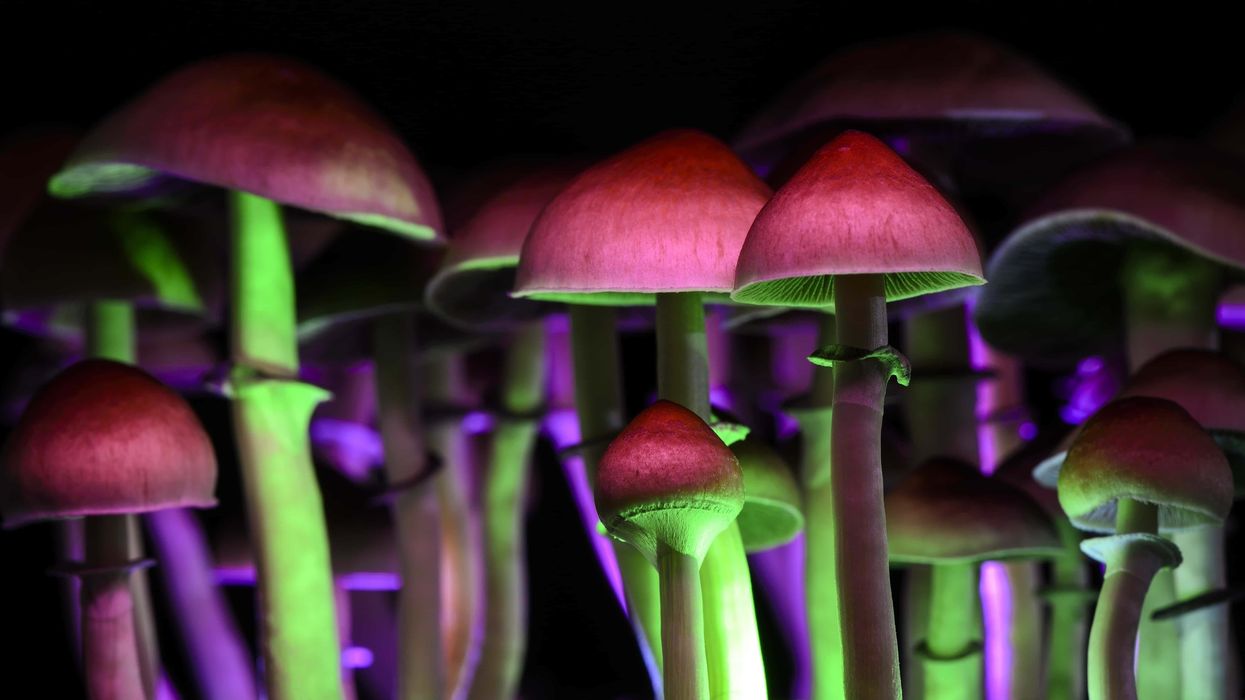
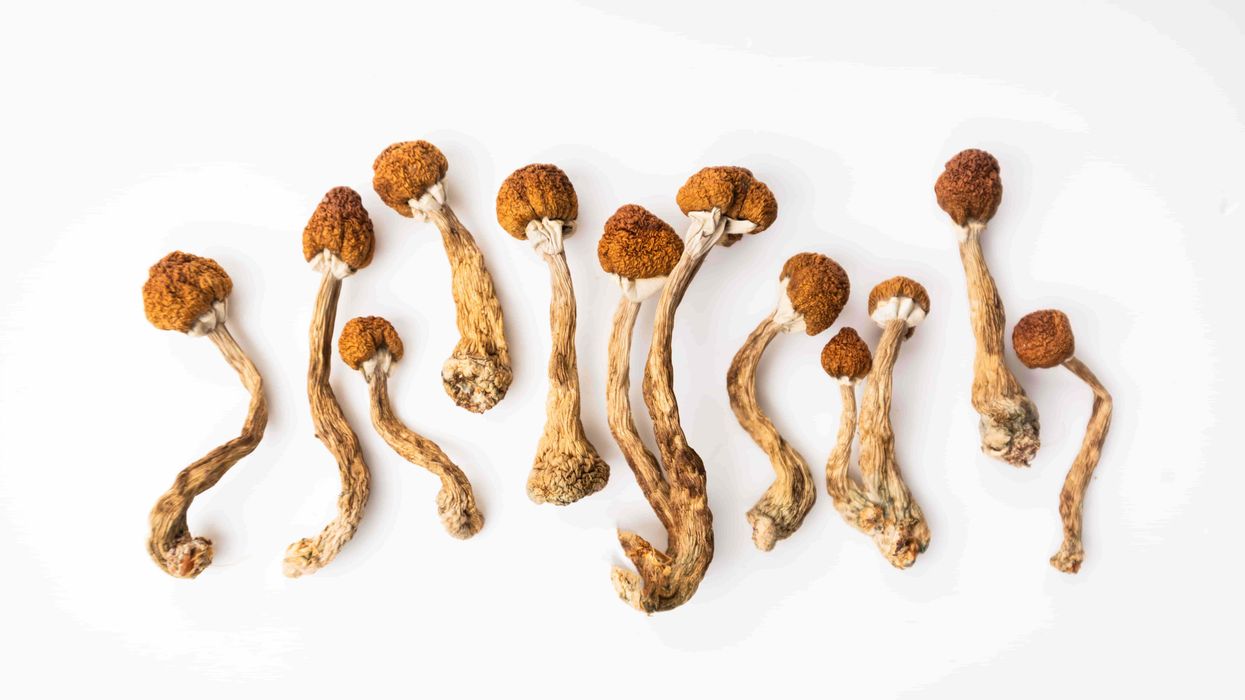
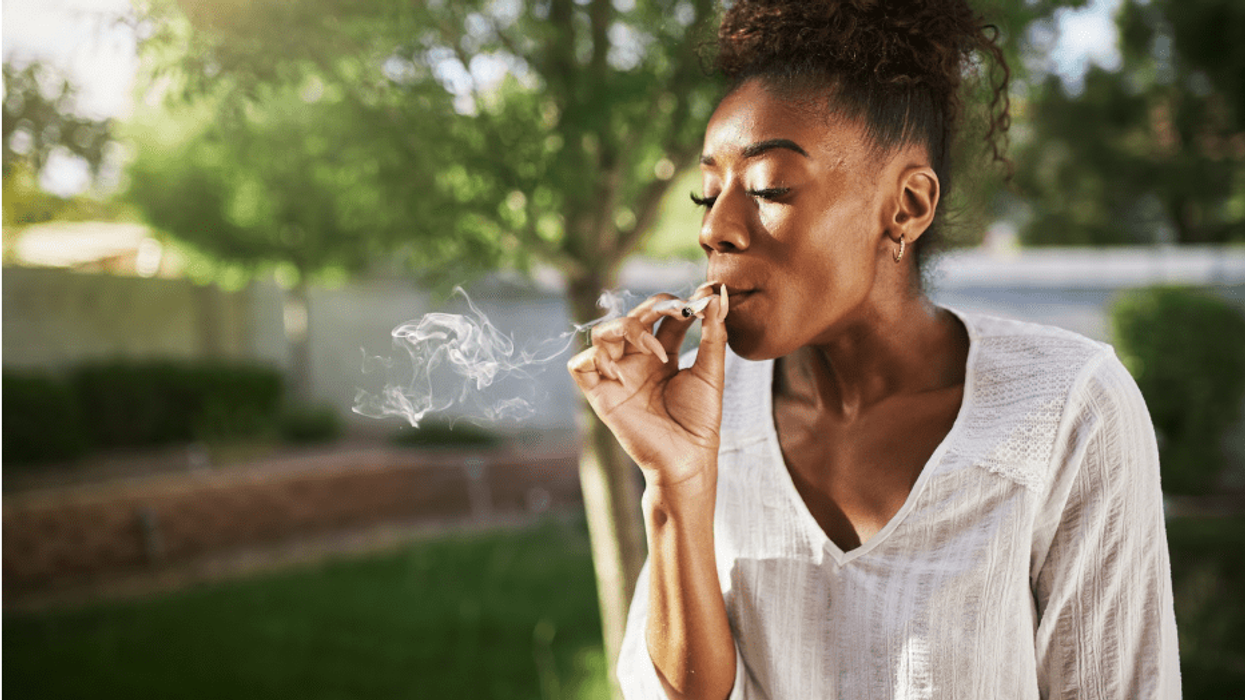
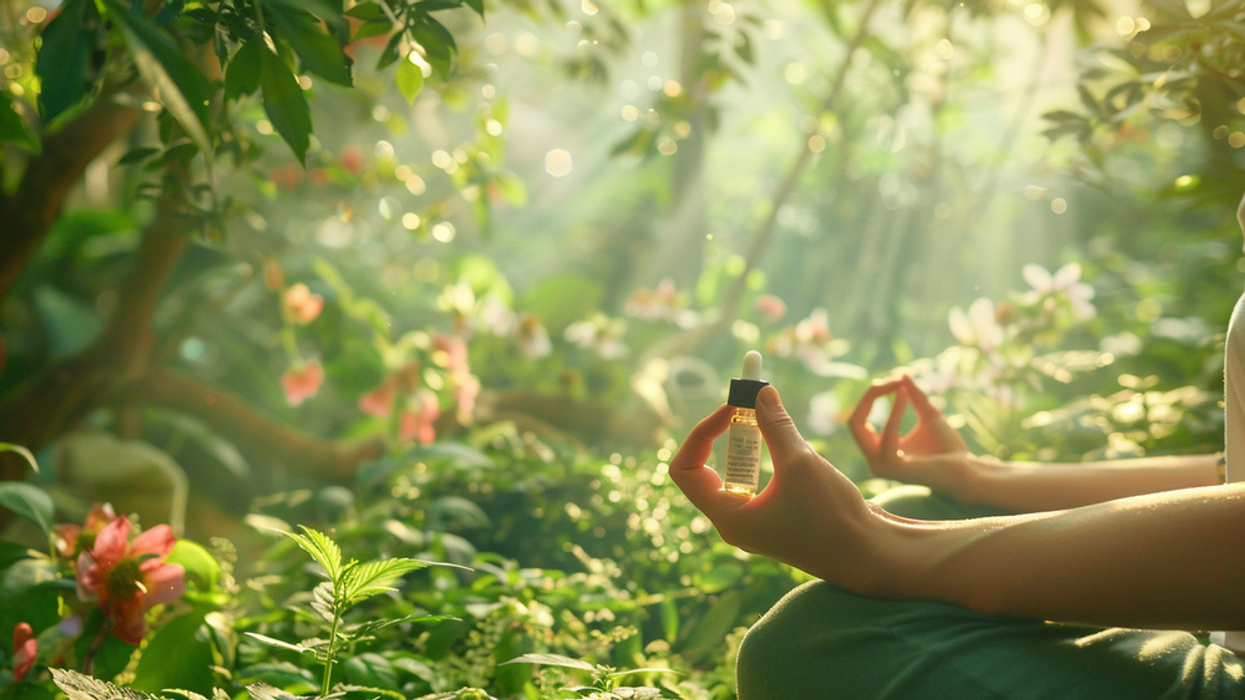
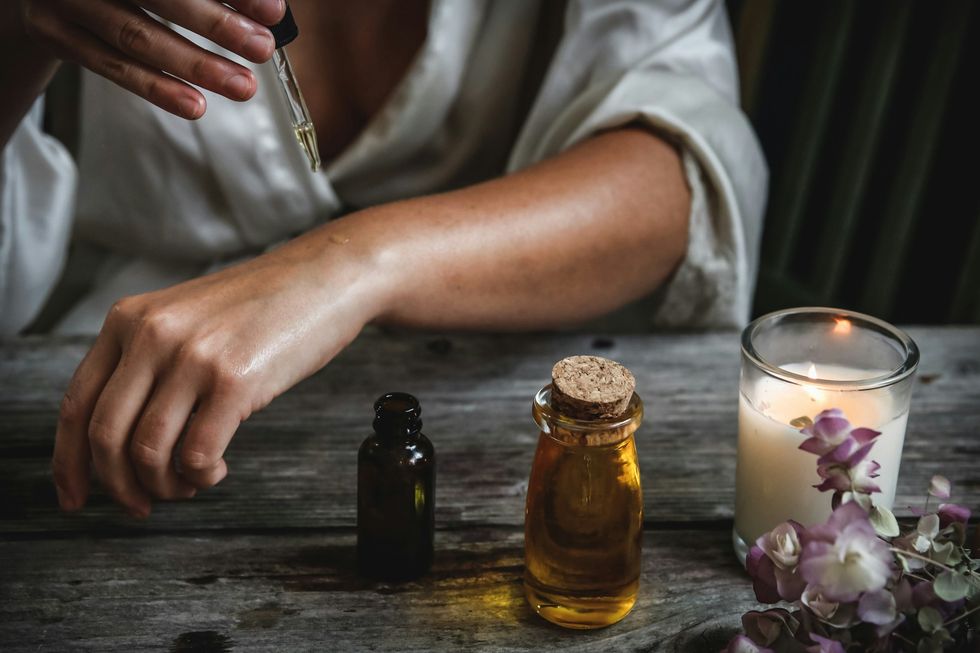 The Holistic Health Benefits of Cannabis - The Bluntness
Photo by
The Holistic Health Benefits of Cannabis - The Bluntness
Photo by 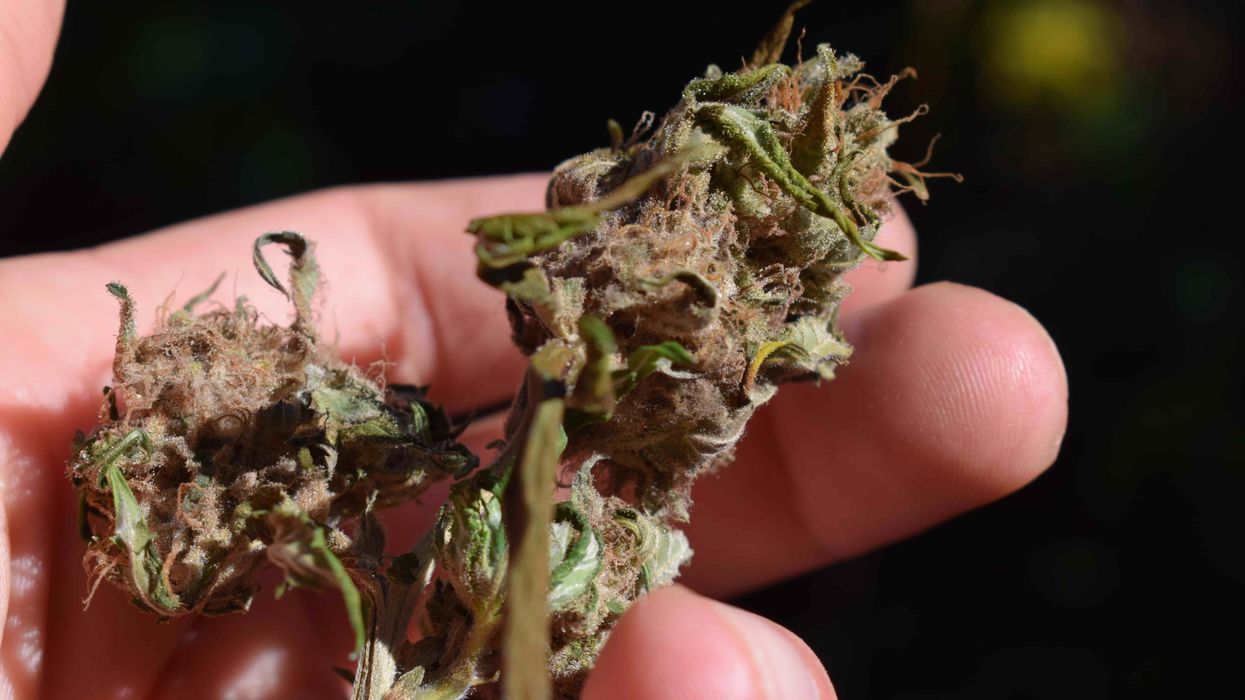
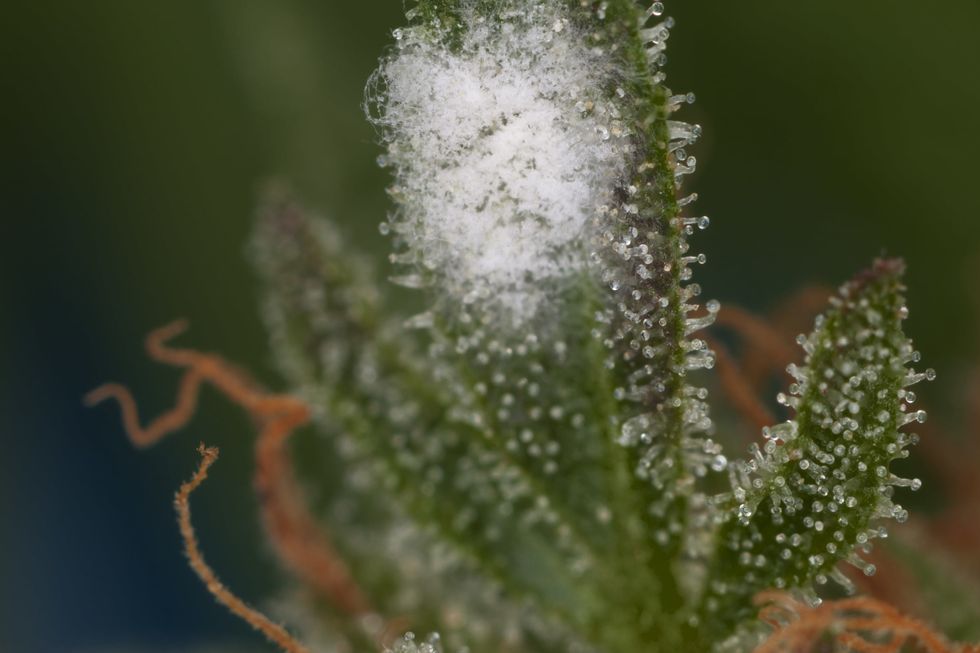 A good picture showing white mold next to cannabis trichomes.
A good picture showing white mold next to cannabis trichomes.